Editorial: The Truth About Driver Training and the Myth of Active Safety

It’s a bright Thursday morning on Interstate 95. I’m hammering my black Phaeton down the left lane at an indicated one hundred and twenty-three miles per hour. In the back seat, my brother and sister-in-law are sound asleep. Next to me, my wife idly flips through the pages of a month-old magazine. “I think the Wilderness Lodge is the worst hotel at Disney… of the acceptable ones, you know,” she says. Before I can respond I notice that we’re closing in on what looks like a high-speed multiple-car freeway accident. In progress.
There are five lanes. The middle three are occupied by a tractor-trailer which is slewing sideways in true action-movie fashion. The right lane is unreachable at my current closing speed, so I dismiss it. The left lane and most of the shoulder is filled with cars swerving left and right before colliding into the mass of stopped traffic. The “pop-pop-pop” of the hits arrive through the double-pane glass just a moment after I see each set of rear wheels leave the ground upon impact.
With a solid shove of the left foot, I’ve engaged the ABS and there’s a scream from behind me as my sister-in-law is simultaneously awoken by the sudden deceleration and choked by her safety belt. Down to 70mph or so, foot off the brake, and now we’re in the thick of things. I choose to drop two wheels off the left shoulder and thread the gap. There’s a solid SLAM that fills the cabin as the tractor-trailer finally makes contact with something.
A blue Buick LeSabre ejects itself from the mess backwards and crosses our path in an eyeblink. The driver’s mouth is open; his hands are off the wheel. In a flash he’s upside-down and tumbling across the grassy median. Back on the throttle to lift the nose, climb the shoulder. I pick up the phone to call 911 and report what’s just happened.
This incident was the masturbatory fantasy of every “driver training” and “active safety” advocate: a mildly skilled vehicle operator avoids a deadly accident in a [conveniently European] sedan while SUVs drive mindlessly into a steaming pile. A couple of problems with the scenario…
First, my car, passengers, and cargo totaled well over 6000 pounds. The only inputs I applied were hard braking and slow steering. I could have done the same thing in an Escalade. The second is that it wasn’t skill that got me through; it was luck. I happened to find the empty spot, but that spot wasn’t empty a moment before and it wasn’t empty a moment afterwards. Only timing and the hand of Chance/Fate/insert your chosen Deity saved me from hitting stopped cars at seventy miles per hour. Had I closed my eyes and slammed the brakes, I might have made it through just as well.
There is no convincing evidence that skill-based driver training reduces automotive-related fatalities in this or any other country. While a recent IIHS study claims that mandatory ESC will reduce fatalities, the biggest benefit appears to come from reducing the risk of oscillation-based rollovers. Put it another way: if the reaction of every driver in this country to a potential accident were to simply stand on the brakes and prepare for impact, fatalities might well be reduced.
The Active Steering now available in BMW and Audi products recognizes this. When a panicky driver saws at the wheel, Active Steering drastically reduces the size of the input, thus ensuring that the car hits nose-first rather than with a far less well-protected door or B-pillar. Nor is this technology aimed exclusively at bumbling untrained Americans; the oh-so-superior European market apparently orders it as often as we do.
No amount of stricter licensing, pre-license training, or post-license testing can adequately prepare the average person for the wide variety of dangerous situations he or she is likely to face in a lifetime of driving, nor can a few open-lapping days or skidpad sessions significantly increase a driver’s readiness to cope with an on-road challenge which may happen years or decades afterwards.
If training doesn’t save lives, what does? Drive less, drive slower, drive sober, take the bus, ride the train. But if you must drive, don’t kid yourself that being a racer, autocrosser, or self-proclaimed “good driver” will save you. Had I been unlucky that sunny day in Florida, I had the comfort of knowing that I, and my family, would have met that impact in a 5200-pound, multiple-airbag, comprehensively crash-engineered premium automobile—precisely the type of car derided by others as a “rolling padded cell.”
When your family’s life in on the line, it won’t be the reflexes of the moment that decide who lives and dies. Instead, it will be that dimly remembered moment of purchase, months or years previous.
[Ed.’s Note: If you disagree with Mr. Baruth’s views, we extend to you an invitation for a counterpoint editorial. Please keep it to fewer than 800 words and keep it professional. If we receive more than one article, we will condense the most salient points into one article. Send it to editttac@gmail.com, sil vous plait. Carry on.]

More by Jack Baruth
Latest Car Reviews
Read moreLatest Product Reviews
Read moreRecent Comments
- Corey Lewis It's not competitive against others in the class, as my review discussed. https://www.thetruthaboutcars.com/cars/chevrolet/rental-review-the-2023-chevrolet-malibu-last-domestic-midsize-standing-44502760
- Turbo Is Black Magic My wife had one of these back in 06, did a ton of work to it… supercharger, full exhaust, full suspension.. it was a blast to drive even though it was still hilariously slow. Great for drive in nights, open the hatch fold the seats flat and just relax.Also this thing is a great example of how far we have come in crash safety even since just 2005… go look at these old crash tests now and I cringe at what a modern electric tank would do to this thing.
- MaintenanceCosts Whenever the topic of the xB comes up…Me: "The style is fun. The combination of the box shape and the aggressive detailing is very JDM."Wife: "Those are ghetto."Me: "They're smaller than a Corolla outside and have the space of a RAV4 inside."Wife: "Those are ghetto."Me: "They're kind of fun to drive with a stick."Wife: "Those are ghetto."It's one of a few cars (including its fellow box, the Ford Flex) on which we will just never see eye to eye.
- Oberkanone The alternative is a more expensive SUV. Yes, it will be missed.
- Ajla I did like this one.

















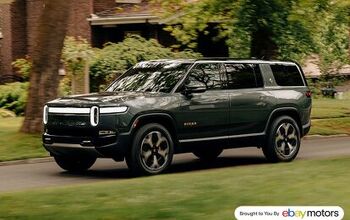








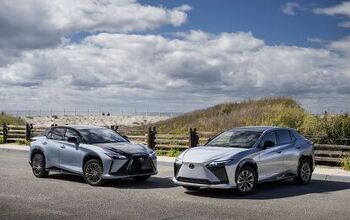



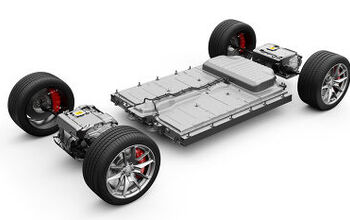
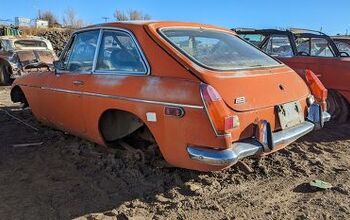
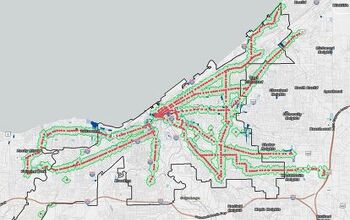

Comments
Join the conversation
@Pch101 A few snippets I came across: The Royal Society for the Prevention of Accidents is a UK charity with the goal of reducing accidents of all kinds, including traffic. They offer free driver training (no profit motive there) "What is Advanced Driving? Every day we drive our cars without giving an additional thought to the fact that it may be one of the most dangerous things that we will do in that day. It is a shocking fact that traffic accidents account for almost half of accidental deaths and are the largest single cause of death and injury to young adults. Defensive Driving is the art of avoiding preventable accidents. It is a deliberate, skilful and responsible driving technique admired by others. As a defensive driver you are able to anticipate and control situations to reduce accident risk. An Advanced Driver is equipped with the knowledge and skill to drive safely and effectively in all conditions. Advanced Drivers are 25% less likely to be involved in an accident" http://www.rospa.com/index.htm "With its UK headquarters in Abingdon, Oxfordshire, Miele has seen its already industry-beating average accident rate reduce by about 20% following the introduction of driver training, recognition of which brought a £20,000 premium reduction from its insurers." http://www.drivetech.co.uk/press_releases_050421.htm "In the year since Paducah Area Transit System (PATS), in Paducah, Ky., began training its drivers on its Mobile Driver Training Simulator, total accidents went down 44 percent, with preventable accidents down almost two thirds, at 64 percent." http://www.masstransitmag.com/web/online/Industry-Announcements/Dramatic-Drop-in-Accidents-after-Simulator-Training/1$5600 The list goes on and on and....You get the picture. On second thoughts maybe you won't..
PCH, I'm the immortal, deadpan words of Soh Yamamura: ...I like you. You make me laugh!